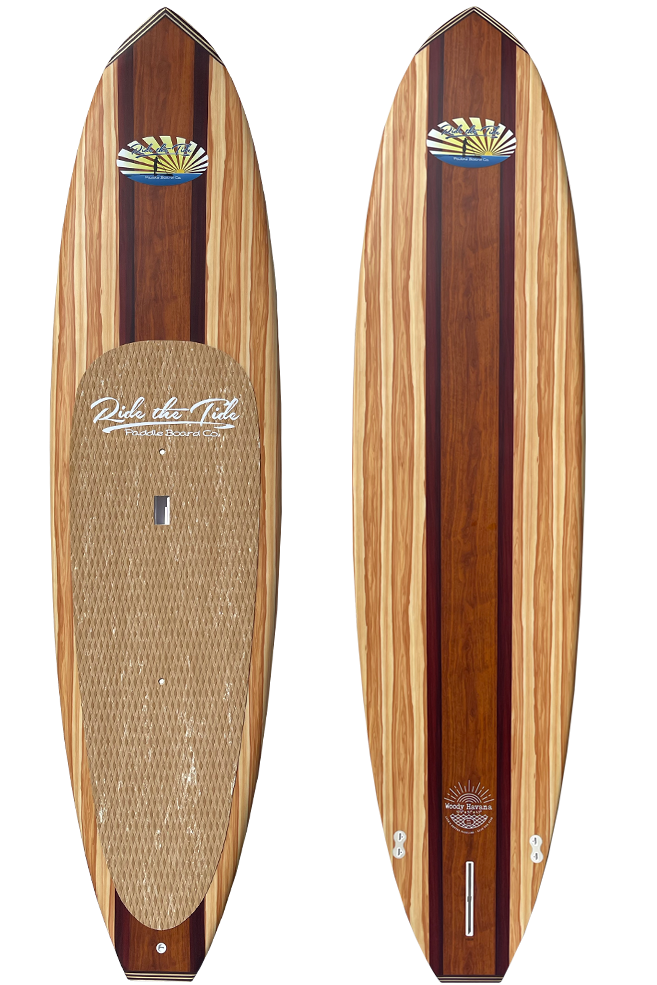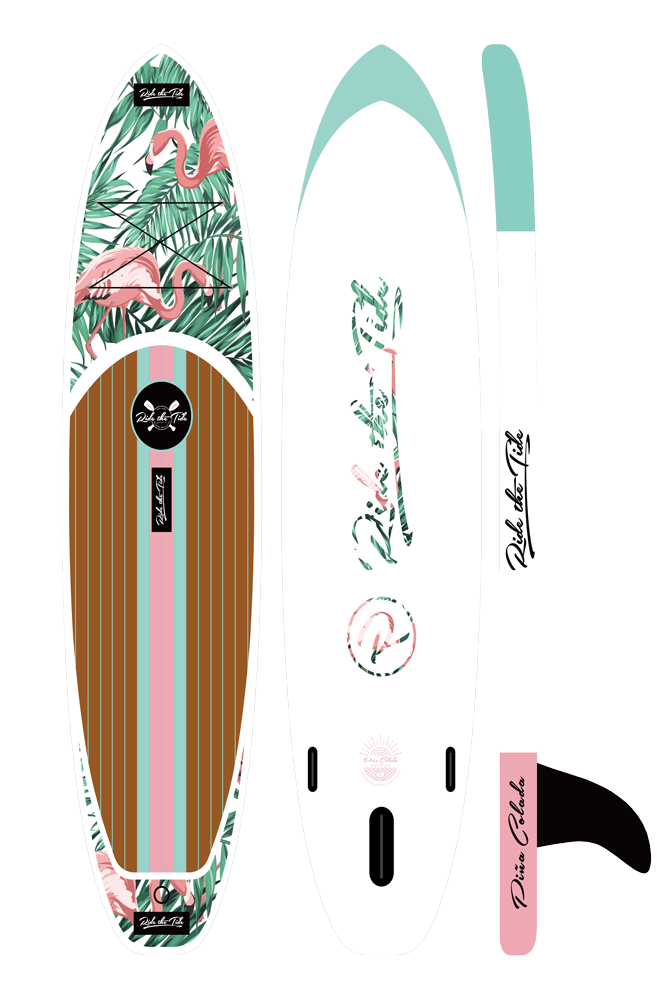
Here in Australia we are pretty lucky to have around 8 months out of the year of perfect, warm paddling climate. We are very privileged to be able to get away with shorts and a t-shirt, with maybe a hoodie or a wind breaker, from April through August if we have to. Especially if you live in Queensland, New South Wales, Northern Territory and Western Australia, the winters are very short or non-existent.
If you live down South, the Winter conditions can be sometimes unbearable. But if you don't want to miss out on enjoying the great conditions that winter can bring, here is some great gear that you can invest in to ensure your SUP can be used all year round.
First rule of thumb is not to wear cotton garments of any kind when the weather is cool or windy. If you happen to get wet, cotton does not dry and will be the quickest route to hypothermia. Avoid it at all costs.
Eighty percent of the Passage is under two metres deep and dugongs frequent its waters seasonally to feed on the seagrass on the bottom of the channels in the passage.
Keep Your Head Warm FirstAs the saying goes "If your feet are cold, put on a hat". When your body encounters cold it automatically draws blood from your extremities towards your vital organs. That is why cold/numb fingers and toes are the first sign you need to start thinking about conserving your body heat.
The best way to do that is by starting with a warm hat or beanie. Your body heat rises, just like all heat, and is released mostly through your head. Your hat will contain most of that heat allowing your body to redistribute blood to your hands and feet thereby keeping them warm. A wool hat or beanie will insulate and keep you warm even when it is soaking wet. Most poly-blend sports hats will do the same if you don't want to wear a beanie. Make sure to always keep a hat handy whenever you are paddling.
What To Wear Up TopThermal wool blend tops are the best things to have a part of your winter paddling adventures. Typically paddle boarders exert a high level of energy because they are in constant motion and contend with various wind and water conditions. It is easy to overheat, so a 5mm to 7mm wetsuit is not going to be the best choice unless you are stand up surfing in water that is 7 degrees celsius or less. Paddle boarders need a top with lots of stretchiness to accommodate their stroke. A tight, form-fitting design will readily transfer sweat and moisture off the skin to the outside where it will evaporate quickly. Staying warm means staying dry.
Windbreaker Jackets are another addition you can add to your top part of your body to contend with the wind or a brisk morning.
Keeping Your Legs WarmWool blend or polypropylene fleece (Polartec) thermal bottoms work best to keep your legs warm. You can then layer a pair of board shorts or running shorts over the top of them for style points. Avoid wetsuits again unless the water temperature calls for it. Otherwise you will find it to be too warm after a while and too restrictive while paddling.
Also check out some of the latest styles in polypropylene and neoprene bottoms which you can get from most surf shops.
If it is extremely cold then another option is to get a Dry Suit. Although they can be relatively expensive, layering up underneath is very easy and you stay totally dry even if you accidentally fall in.
Looking After Your FeetBooties are made of neoprene, which absorbs water keeping you warm by using your own body heat to create a second layer of insulation. Most booties have thicknesses ranging from 2mm to 8mm. They are comfortable and have a very thin sole. Being able to feel the board is important because you are better able to react to choppy water, wind and other variables you may encounter. It helps you balance and allows you to move around on the board. Also, you should warm your booties up before stepping into the cold water either by wearing them for a time or soaking them in warm water. Feet that are already warm before getting wet stay warmer longer than cold feet that have to go from cold to warm.
Most Importantly - Your HandsGet yourself some cold water neoprene gloves to last the colder paddles. Some neoprene paddling gloves offer warmth and pre-curved fingers specifically made for paddling, so be sure to check them out. If your hands remain relatively warm, you could also just invest in a pair of light wool gloves. You will find better mobility with these. And remember, wool gloves will insulate even if they get wet.
Remember to always take spare clothes with you and a towel to dry off after just in case you do fall in. Also, check out our previous blog post - SUP In Winter - Tips To Stay Warm for more of our Ride The Tide tips to staying warm while out Paddle Boarding.
Happy Paddling!
 Loading... Please wait...
Loading... Please wait...



